Market Growth Projections
The Global Fertigation Market Industry is on a trajectory of substantial growth, with projections indicating a market value of 8.21 USD Billion in 2024 and an anticipated rise to 19.3 USD Billion by 2035. This growth reflects the increasing awareness of the benefits of fertigation among farmers and agricultural stakeholders. The projected CAGR of 8.11% from 2025 to 2035 suggests a robust expansion, driven by factors such as technological advancements, rising demand for organic produce, and government support for sustainable practices. These figures highlight the potential for fertigation to play a crucial role in the future of global agriculture.
Government Initiatives and Support
Government initiatives aimed at promoting sustainable agricultural practices are significantly influencing the Global Fertigation Market Industry. Various countries are implementing policies and providing financial incentives to encourage farmers to adopt fertigation techniques. For instance, initiatives in Australia and Brazil focus on enhancing water efficiency and crop productivity through advanced irrigation methods. These government-backed programs not only support farmers financially but also raise awareness about the benefits of fertigation. As a result, the market is poised for growth, with an expected increase in adoption rates among farmers seeking to comply with environmental regulations and improve agricultural sustainability.
Rising Demand for Efficient Water Management
The Global Fertigation Market Industry is experiencing a surge in demand for efficient water management solutions. As agricultural practices evolve, the need for precise irrigation techniques becomes paramount. Fertigation Market, which combines fertilization with irrigation, allows for the targeted application of nutrients, optimizing water use. This is particularly crucial in regions facing water scarcity. For instance, countries like India and Israel have adopted fertigation to enhance crop yields while conserving water resources. The market is projected to reach 8.21 USD Billion in 2024, reflecting the growing recognition of fertigation as a sustainable agricultural practice.
Increasing Adoption of Organic Farming Practices
The Global Fertigation Market Industry is witnessing a notable shift towards organic farming practices. As consumers become more health-conscious, the demand for organic produce is rising. Fertigation Market aligns well with organic farming principles, allowing for the application of organic fertilizers through irrigation systems. This method ensures that crops receive essential nutrients without the use of synthetic chemicals. Countries like the United States and Germany are leading this trend, promoting organic farming initiatives. The market's growth is anticipated to be substantial, with projections indicating a rise to 19.3 USD Billion by 2035, driven by the increasing adoption of organic farming methods.
Technological Advancements in Fertigation Systems
Technological innovations play a pivotal role in the Global Fertigation Market Industry. The integration of smart technologies, such as IoT and precision agriculture tools, enhances the efficiency of fertigation systems. These advancements enable real-time monitoring and control of nutrient delivery, ensuring optimal plant growth. For example, automated fertigation systems can adjust nutrient concentrations based on soil and crop requirements. This not only improves crop yields but also minimizes nutrient wastage. As a result, the market is expected to grow significantly, with a projected CAGR of 8.11% from 2025 to 2035, indicating a robust future for technologically advanced fertigation solutions.
Global Population Growth and Food Security Concerns
The Global Fertigation Market Industry is driven by the pressing need to address food security amid global population growth. As the world population continues to rise, reaching an estimated 9.7 billion by 2050, the demand for food production intensifies. Fertigation Market offers a solution by maximizing crop yields through efficient nutrient delivery. Regions such as Southeast Asia and Africa, where agricultural productivity is crucial, are increasingly adopting fertigation practices to meet food demands. This trend is expected to propel the market forward, as stakeholders recognize the potential of fertigation to enhance food security in the coming years.


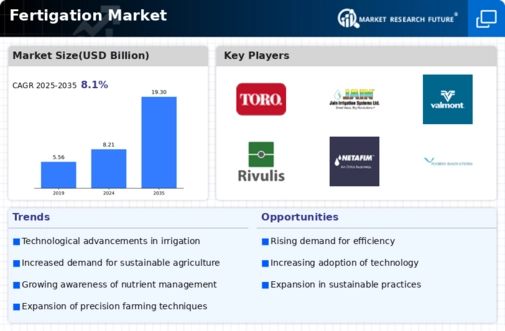
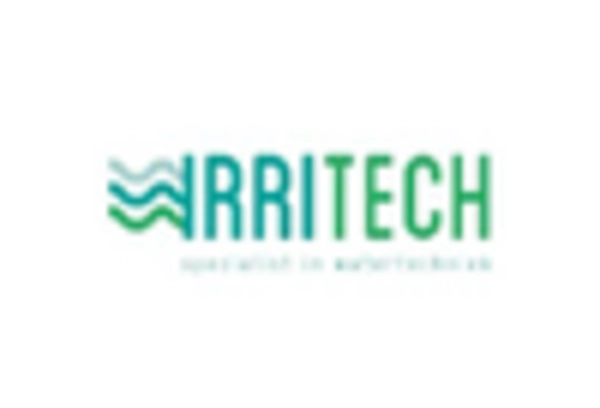
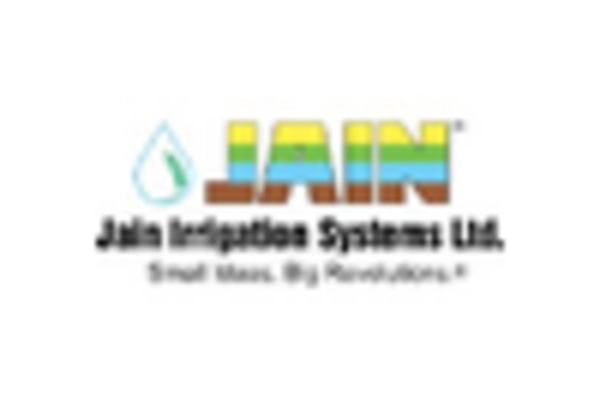
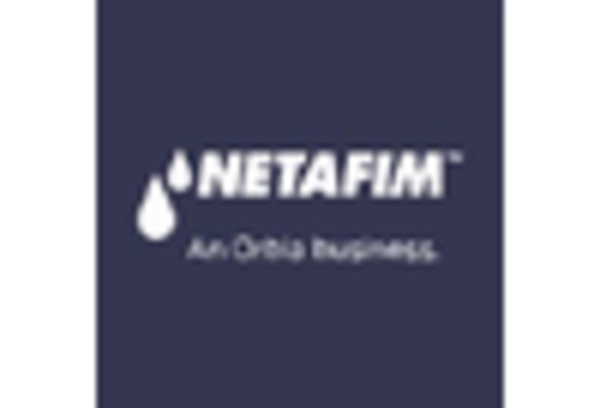
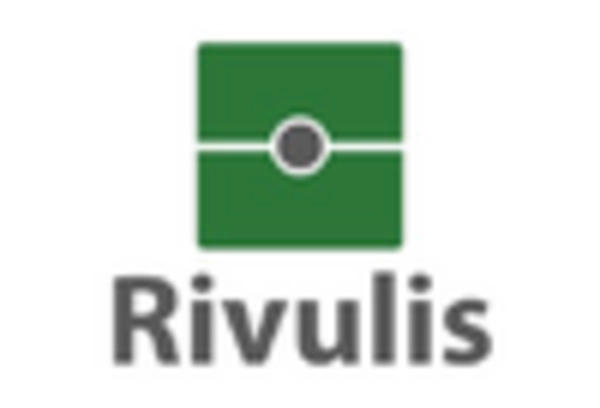
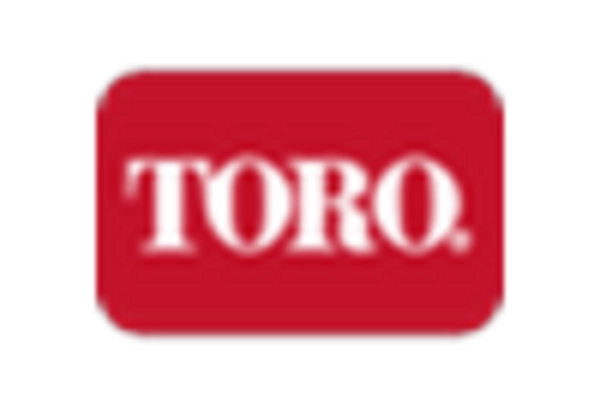
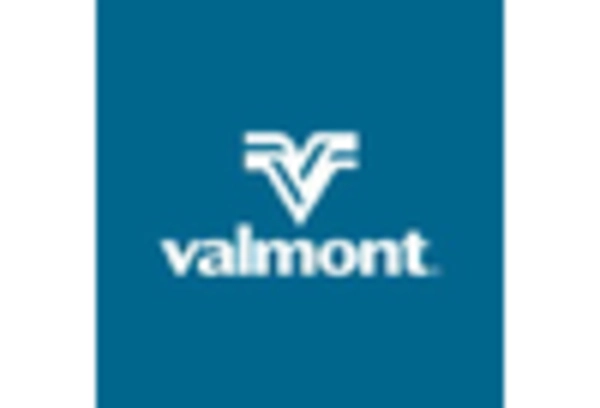








Leave a Comment